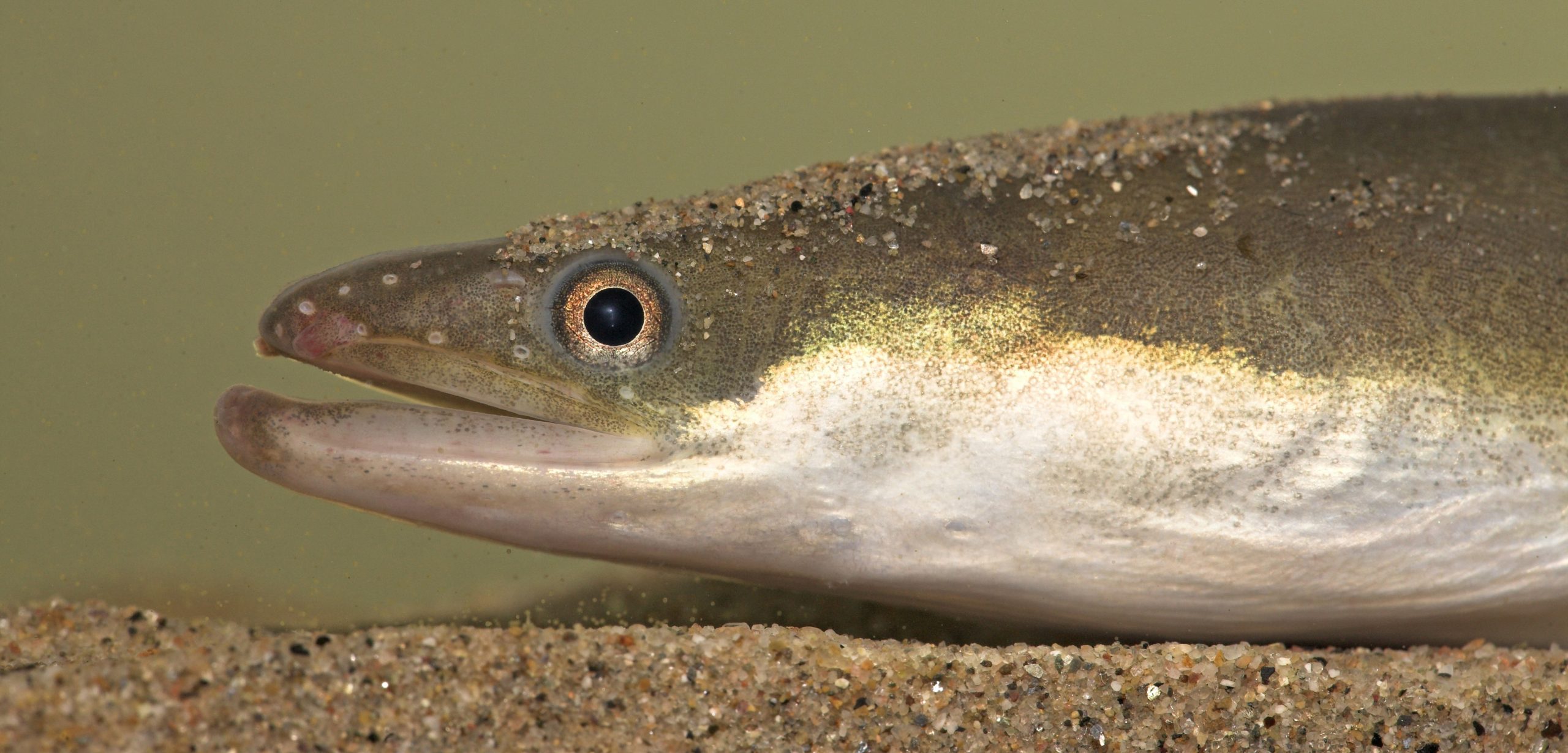Dr. Eelgood
What happens when you give eels cocaine?
Article body copy
Personally, I can’t think of a sea creature more horrific than the eel. It has all the negative qualities of a fish (might touch you while swimming, incapable of feeling love), plus all the negative qualities of a snake (has no limbs at all yet somehow manages to move around)—plus, in some cases, all the negative qualities of a poorly-grounded home appliance. In fact, if I were choosing something to encounter in open water, I’d rank only one fish lower than an eel: an eel that’s been marinating in cocaine. Unfortunately for me, a team of Italian scientists has been exposing European eels to low doses of cocaine to monitor the effect of the drug.
As it turns out, giving cocaine to eels is a bad idea for reasons beyond my phobias. Aside from the coke-exposed eels appearing “hyperactive compared to the other groups,” cocaine exposure thickened the eels’ skin and intestinal linings, reduced the amount of mucus in their skin, and increased their production of hormones like prolactin and cortisol—chemicals important for eels’ endocrine functioning.
Sometimes the eels were even worse off after they were taken off the drug. After ten days of detox, for instance, eels’ skin was even thicker than it had been during exposure, and prolactin levels dropped to well below those of drug-free eels.
Messing with an eel’s skin is serious stuff. Cocaine’s effects could hamper the eel’s ability to protect itself against disease and injury, recognize sexual partners, or secrete alarm pheromones. As for the intestines, they actually seemed better off after exposure, more muscular and less degraded—but that’s bad news, too. By the time eels have matured and are making their way to the spawning grounds, their digestive systems naturally start to disintegrate, and they stop eating. Invigorating an adult eel’s digestion means messing with its life cycle.
But how likely is this exposure, outside of the lab? There are no dealers in the deep; how are eels going to get cocaine?
The reality is that cocaine exposure is not so far-fetched. A 2014 study, also by Italian researchers, found 13 nanograms of cocaine per liter of water in Italy’s Sarno River, meaning that almost 15 grams of cocaine flow through the river every day. (The street value, in case you’re thinking of going down there with a really big cheesecloth, is over US $1,300.)
Granted, the Sarno is considered to be one of Europe’s most polluted rivers, but prior research found high (sometimes higher) cocaine concentrations in other Italian rivers, too. In this study, eels were exposed to cocaine concentrations of 20 nanograms per liter—more than the Sarno, but less than the 44 nanograms per liter found in Italy’s Olona River in 2008. Eels tripping on cocaine aren’t just my personal nightmare, and they’re not just a researcher’s flight of fancy. They’re a plausible result of water pollution by drugs.
I wouldn’t want to run into a coked-up eel in a dark waterway—but unless we start cleaning up our rivers (especially in Italy), it may become inevitable.

